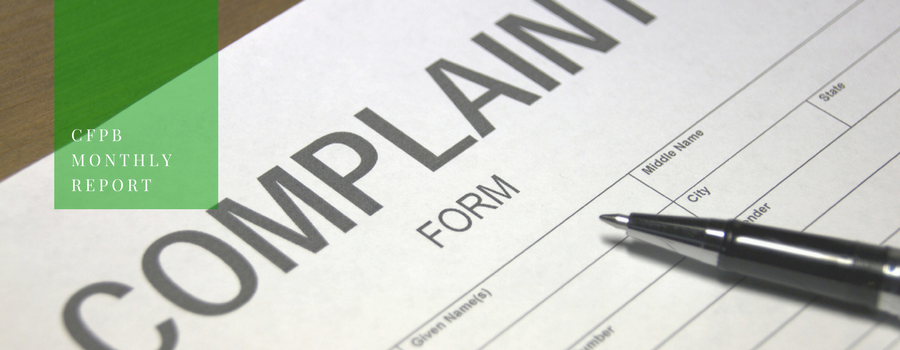
CFPB Issues Annual Report on Consumer Complaints: What Debt Collectors Should Know
Since opening its doors in 2011, the CFPB has accepted consumer complaints on a variety of consumer products. Beginning with credit cards in 2011, the CFPB has expanded its complaint portal to receive complaints on debt collection, credit reporting, mortgage, bank accounts and services, student loans, payday loans, prepaid cards, and other products. On April 1, the CFPB issued its Annual Report synthesizing consumer complaints in 2015 and the CFPB’s response. Here are the important takeaways for the debt collection industry:
- The Good News. The good news for debt collectors is that while debt collection continues to create the highest volume of complaints, the complaint volume decreased in 2015 when compared to 2014. In 2014, debt collection comprised 35% of all complaints received by the CFPB. In 2015, that percentage dropped to 31%. Additionally, the overall volume of debt collection complaints also decreased.
- Continued Attempts to Collect a Debt that is Not Owed. As we have indicated in prior posts based upon the monthly complaint reports, collection attempts on debt not owed generated the most complaints the CFPB received in 2015. Importantly, the issue is not in the collection attempt itself, but rather that the inaccuracy of the amount owed (usually pointing to a problem originating with the creditor). The volume of complaints in this category (40% of all debt collection complaints) provides some explanation for regulators’ continued emphasis and expectation that banks and other regulated entities provide supporting documentation to collection entities (including law firms) before initiating any collection effort.
- Communication Tactics. Complaints regarding communication tactics, particularly over the telephone, comprise 18% of all complaints. Consumers indicate that calls are 1) – too frequent, 2) – occur at inconvenient times of the day, and 3) – going to third parties or the consumer’s place of employment. Debt collectors should review their policies and procedures to ensure compliance with the FDCPA, and they should also monitor their call volume. We anticipate that the FDCPA will address this issue with some specificity when it publishes its proposed rulemaking.
- Lack of Debt Verification. The Report notes that consumers are frustrated with the lack of information they receive in compliance with section 1692g requests for validation. The Report notes further frustration when collectors choose to cease collection efforts in response to validation requests. Again, debt collectors should monitor as the FDCPA will likely address this issue in its proposed rulemaking.
- Increase in Complaints about Medical Debt Collection. Complaints regarding the collection of medical debt increased in 2015. According to the Report, the complaints centered on concerns that insurance should have already paid off the debt being collected.

